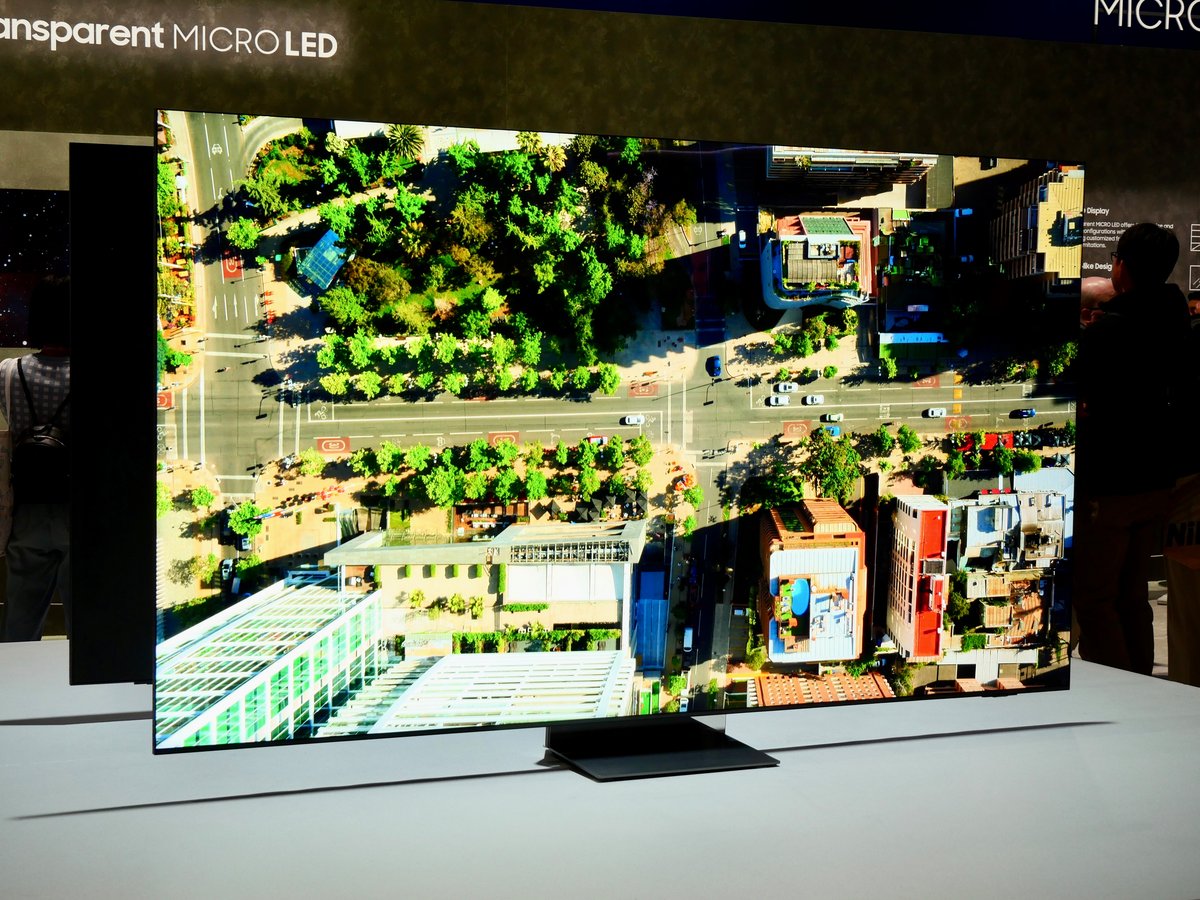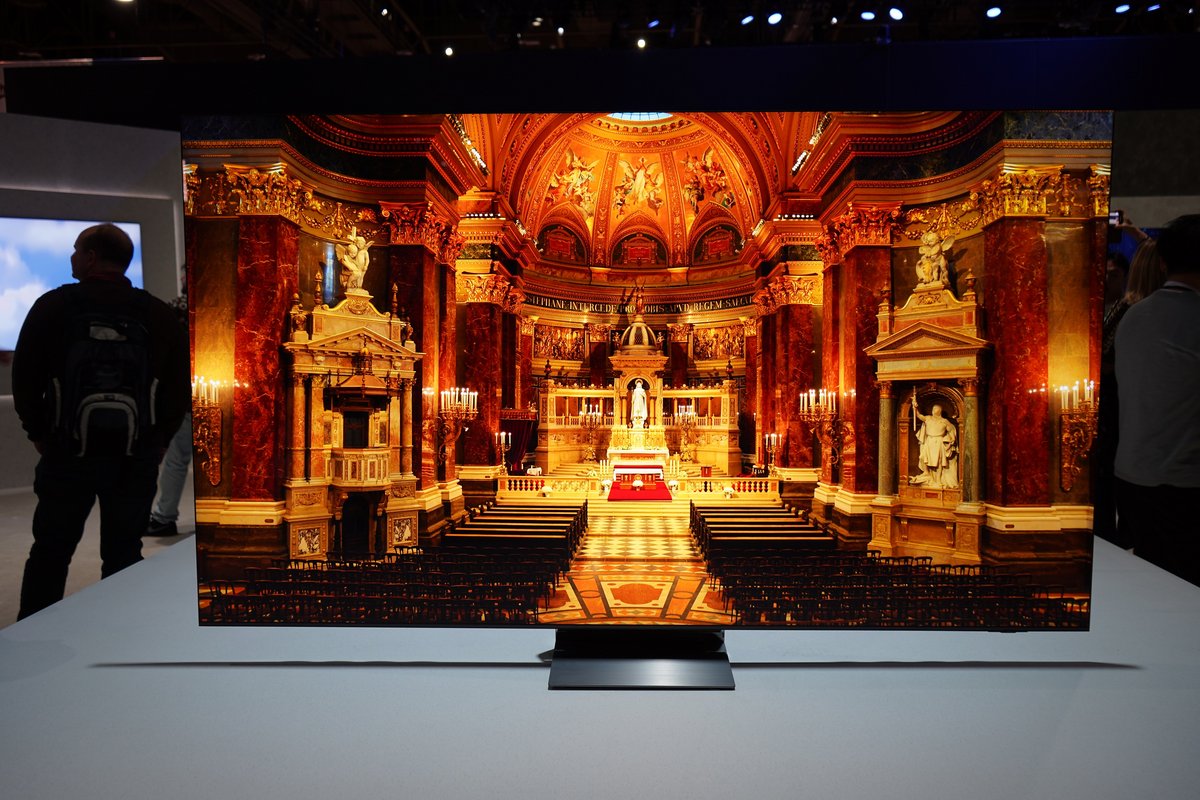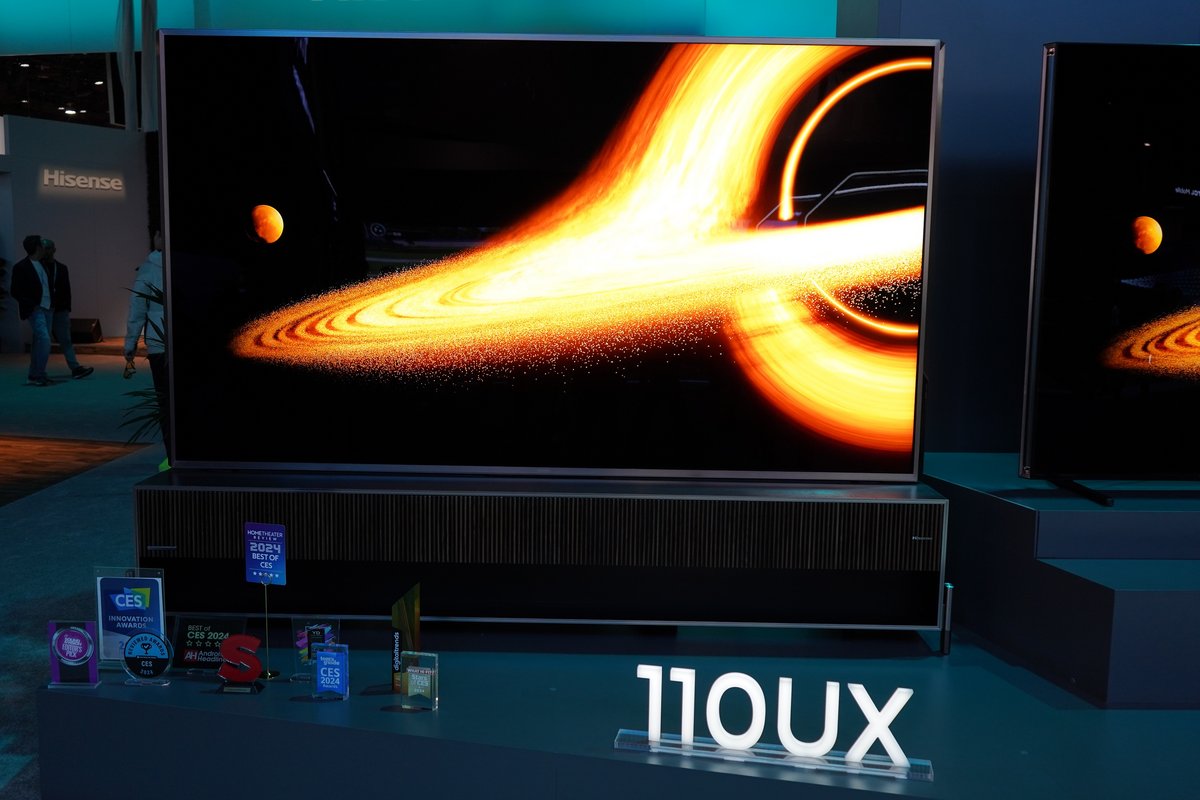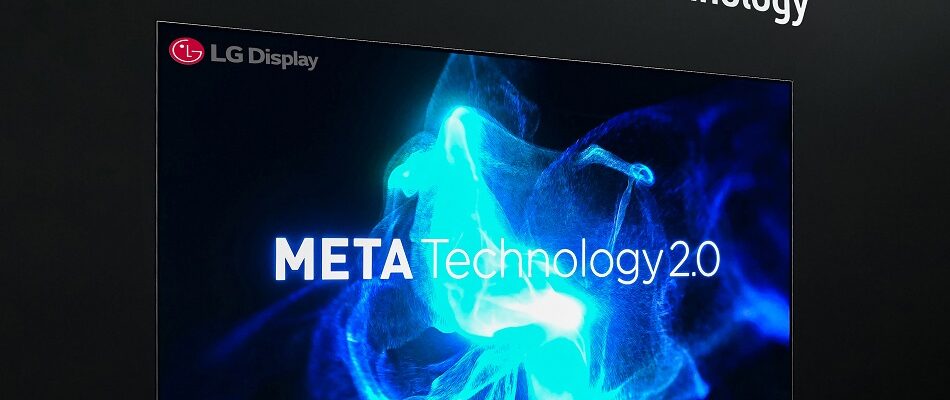The rivalry between LG and Samsung materialized once again on the occasion of the CES 2024. The two Koreans continue to perfect their OLED TVs and have announced relatively significant developments in their respective ranges for the coming year. The opportunity for us to come back to its announcements and give you our view on the OLED market for 2024.
The 100% Korean duel continues on OLED with announcements that promise significant advances, on the one hand on the new generation LG Display panels, with OLED Meta 2.0 technology, and on the other hand with the evolution of QD-OLED panels from Samsung Display.
LG OLED M4 and G4: two series to mark the generational leap
LG made a lot of talk about it during CES 2024, but also beforehand since the manufacturer has a habit of formalizing its different product ranges before the start of the gigantic electronics show. While visitors will undoubtedly remember the exhibition of a huge wall of transparent OLED panels with the announcement of the LG OLED Signature T, it is nevertheless the evolution of Meta 2.0 technology that catches our attention.
As a reminder, these new generation panels will be implemented in two series in the manufacturer’s 2024 catalog: The LG OLED Signature M4 and LG OLED G4, which both share many characteristics, with the difference that the M4 is a television without- wire equipped with a Zero Connect box. These two flagships will benefit from decisive advantages to mark the generational leap with the LG OLED G3, a television which had already largely won our support.
OLED Meta 2.0: lots of nits and colors preserved in highlights?
With META Technology 2.0, LG Display indeed evokes a light peak of 3,000 cd/m², but the announcement does not stop at this record figure for OLED. Although tough competition takes place on the announced values, both for OLED and Mini LED, LG Display is mainly seeking to fill the weak points of its W-OLED (White OLED) technology which has frankly been pushed around by the launch of QD-OLED panels from Samsung Display in 2023.

Thus, the televisions concerned promise a light peak of 3,000 nits, which already represents a significant evolution compared to the previous OLED META technology, but above all with nice differences compared to what we had observed on the LG G3. META 2.0 first places emphasis on brightness management, notably thanks to MLA+ (Micro Lens Array Plus), an optimized micrometer-scale version of these lenses, coupled with the META Multi Booster and Detail Enhancer algorithms.


This would certainly make it possible to reach 3,000 nits, but also to keep the process active on much larger image areas than before, up to the entire screen. It will of course be necessary to verify this with during an in-depth test, it seems however that META 2.0 makes it possible to obtain 3,000 nits on areas of 1%, 2% and 5% of the total surface of the screen, while achieving much higher brightness, even beyond 25% of the screen area. In other words, where we measured a peak slightly lower than 700 cd/m² on the G3, the OLED G4 could reach a peak of 1,300 cd/m², while larger screen surfaces would benefit from an ABL ( Automatic Brightness Limiter) much less limiting than previous iterations of this technology.


LG Display does not stop there, particularly thanks to the Detail Enhancer that we have already mentioned. This works by improving brightness details across the entire range, in both highlights and lowlights, with an effect also present on colors.
The South Korean announces better color brightness, up to 1,500 nits, which would correspond to a gain of 114% compared to a classic OLED panel. LG Display would have improved crucial points with its META 2.0 OLED panels. While the evolution was already clearly visible with META 1.0, it should be day and night between the classic OLED panels, which we will find in particular on the LG OLED C4, and the OLED Meta 2.0 panels which will equip the LG M4 and G4 OLEDs.
Samsung QD-OLED: what’s new for 2024?
Samsung hit hard by entering the OLED market in 2023. With its QD-OLED technology, the manufacturer has managed to produce brighter OLED televisions, with a wider color range, excellent black levels, and very open viewing angles. A formula which has been used brilliantly on televisions like the Sony Bravia XR-65A95L or the Samsung S95C and S90C.


For 2024, Samsung has some surprises in store for us with its OLED televisions. Of course, we cannot escape the nit war which, this time, is not to anyone’s advantage since the value announced by Samsung is also 3,000 nits. Samsung Display is thus strengthening the capabilities of its QD-OLED panel with this third generation which will notably equip the S95D television.
Among the other surprises, Samsung plays the authenticity card. The color palette of QD-OLED televisions would thus be further improved thanks to the help of AI. Above all, Samsung places even more importance on color fidelity, to the point that 2024 QD-OLED televisions have been Pantone certified, a particularly strict standard which usually concerns professional monitors. In short, good news for color reproduction on the televisions concerned.


The most attractive announcement in Samsung’s 2024 OLED catalog remains, in our opinion, the famous OLED Glare-Free anti-reflective filter. As you probably know, the reflectance of OLED panels with their shiny coating has always been one of the most important obstacles to the purchase of such a television for many consumers. Although some 2023 models have shown better performance on this point, this has not yet eradicated the problem. With the Glare-Free OLED, Samsung is evoking a coating with formidable efficiency, as we were able to see when we visited the manufacturer’s stand. Samsung also indicates that this new coating does not affect brightness and color rendering. Suffice to say that we are impatient to see this, especially since the room where our television tests usually take place has a very well exposed window.
A race for brightness about to run out of steam?
The various announcements around OLED show us that, even if the announced figure of 3,000 nits is impressive, the race for brightness is perhaps about to run out of steam. Since its arrival on the market in 2007, OLED has undergone significant developments and has been able to eliminate its main weak points. CES 2024 will perhaps have witnessed an even more important turning point for OLED, that of now being bright enough to be used without any problem in a living room bathed in light, despite the shiny coating of these slabs.


In addition, the question arises as to whether OLED technology really has the weapons to compete with LCD televisions, particularly MiniLED, in terms of brightness. On this point, the announcements from TCL and Hisense show very high figures: 5,000 nits for one, 10,000 for the other. The fact that Sony (although absent from CES) has decided to opt for a different strategy, favoring MiniLED to the detriment of OLED for its upcoming flagship televisions, is enough to ring a bell.

3